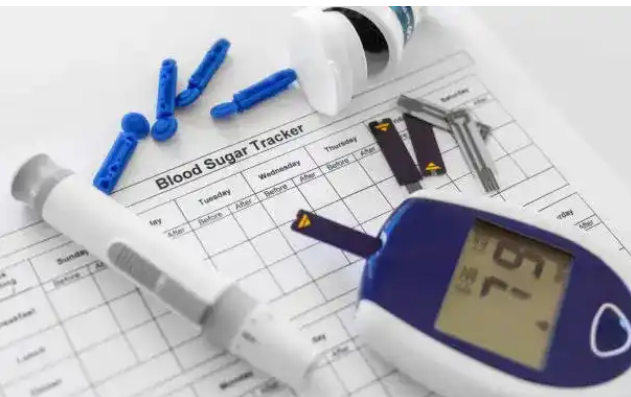
High blood sugar can lead to major medical issues like heart failure and stroke. A healthy lifestyle, including nutrition and exercise, can help you manage your diabetes and have a normal life.
What is diabetes?

High blood sugar (blood glucose) is a hallmark symptom of the disease diabetes, which can be brought on by either insulin resistance (type 2 diabetes) or an insufficient beta cells in the body (type 1 diabetes).
Diabetes type 1 is typically identified in young people. Contrarily, type 2 diabetes is more prevalent among the elderly, though it can manifest at any age.
If your blood sugar levels are higher than normal but not yet high enough to be diagnosed as type 2 diabetes, you may have prediabetes. It is possible to delay or prevent the onset of type 2 diabetes by making some lifestyle adjustments.
Early signs and symptoms of diabetes
1. Frequent urination

Increased urination frequency is a common symptom of hyperglycemia because it is the kidneys that filter out the extra sugar. Frequent urine, especially at night, that is urgent enough to wake you up to use the restroom, is an early indicator of diabetes.
2. Increased thirst
Urinating more frequently puts extra strain on the kidneys, which drains vital fluids from the body’s tissues. Constant thirst is a common side effect of having to urinate frequently.
3. Fatigue

When blood sugar levels are excessive, the body exerts considerable effort to eliminate the surplus. This process is taxing on the body and also changes the way glucose is metabolized in the body. Hyperglycemia, or extremely high blood sugar, causes fatigue in addition to other symptoms. Fatigue is a typical symptom of diabetes, and dehydration from increased urine is a significant contributing factor.
4. Blurred vision
Damage to the tiny blood vessels in the eye from high blood sugar can lead to a bulging lens and impaired vision. Changes in your eyesight may occur as your blood sugar level improves or worsens.
5. Increased hunger

Your body’s natural response to elevated blood sugar is to try to get rid of it. You may feel hungrier than usual because your body is flushing out so much of the glucose you consume.
6. Unexplained weight loss

The body’s primary fuel source is lost with the release of excess glucose, and without that fuel, the body shifts to burning fat and muscle for energy, leading to a reduction in overall body mass. Significant,unexplained weight loss is defined as the loss of 10 pounds (or 5% of total body weight).
7. Slow healing cuts and wounds
Damaged blood arteries lead to poor blood circulation, similar to how damaged eye tissue impairs vision. Because of this, even tiny cuts and wounds can take weeks or months to heal, because less blood can reach the area. With such a sluggish recovery rate, injuries and wounds that haven’t been properly cared for run the risk of becoming infected and necessitating amputation.
8. Tingling or numbness in the hands or feet
High blood sugar levels can have serious consequences for the nervous system. This damage might start with symptoms of tingling or numbness and can increase to pain or neuropathy over time.
9. Skin discoloration
Acanthosis nigricans is a skin condition caused by insulin resistance that manifests as black spots on the neck, underarms, and groin. The texture and appearance of this darkened skin can change, becoming bumpy and velvety.
10. Yeast infections
Yeast can thrive in the high concentrations of sugar in your blood and urine. The excess sugar in the mouth, the armpits, and the genital area is a perfect breeding ground for yeast. Keeping your blood sugar steady will lessen your risk of developing yeast infections.
Risk factors
If you know you’re at risk for diabetes because of family history or other circumstances, you should take extra measures to keep the disease at bay. Some typical danger indicators are:
. Minimum age of 45 required.
. Extremely fat or overweight.
. A sedentary way of life.
. Diabetes runs in the family.
. Pregnancy-related diabetes has a history.
. Prior diagnosis of hypertension, cardiovascular disease, or stroke.










